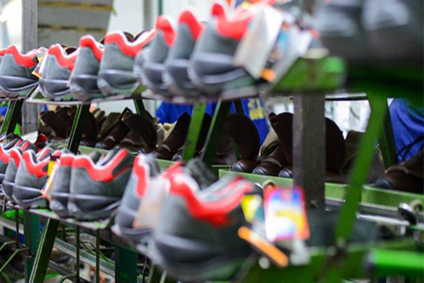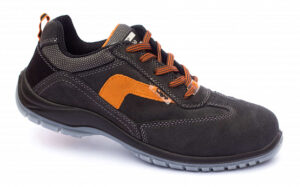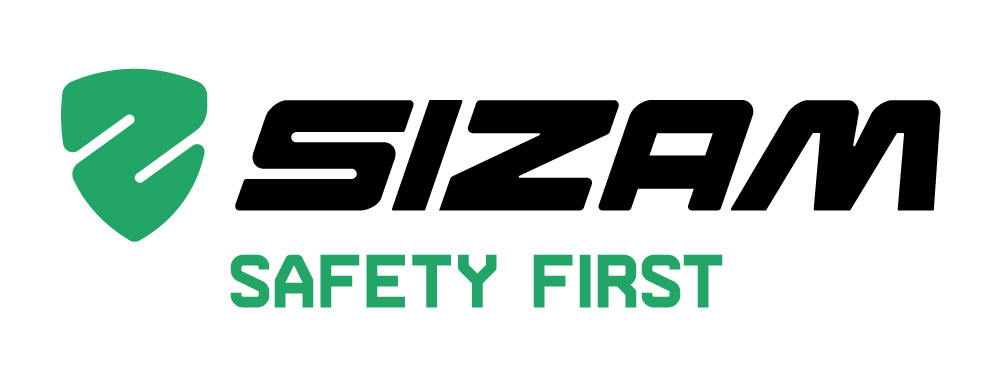A guide to choosing the right protective footwear

 In the field of personal protective equipment, there are often discussions about the protection of shoes. Employees mostly do not want to wear protective shoes, and employers approach this issue with some carelessness and uncertainty.
In the field of personal protective equipment, there are often discussions about the protection of shoes. Employees mostly do not want to wear protective shoes, and employers approach this issue with some carelessness and uncertainty.
Therefore, this article can be useful in choosing the right safety shoes.
You should provide employees with protective footwear, as with any other means of personal protection, only after a risk assessment has been carried out and you have already managed to eliminate or reduce the risks directly related to the source of the danger itself.
Risk assessment should take into account:
Hazards such as slippery floors, heavy or sharp objects falling on your feet, hot surfaces, acids, solvents, oils, sharp objects on the floor and the risk of electric shock.
Ensure that protective footwear and its characteristics are appropriate for the types of hazards.
Ensure that protective footwear and its characteristics are appropriate for the types of hazards.
There is a large selection of models of work shoes. Each model has its own characteristics and can be carried out in various combinations that can eliminate or reduce the above risks. Depending on the choice of the material of the sole and upper of the shoe, it is possible to ensure the oil-resistant, acid-resistant, heat-resistant, antistatic properties of the shoe, as well as to increase the slip resistance of the sole. Choosing shoes with a protective toe cap and plate will provide protection against heavy objects falling on the foot and will protect the sole from being punctured by a sharp object. Therefore, your risk assessment should guide you in choosing the right safety footwear.
Let's summarize once again - it is very important to correctly identify the risk of danger in the workplace and choose shoes that best meet the safety characteristics. For example, in many cases, a protective toe cap is a mandatory protective element of footwear, where perhaps the only risk is slipping on a wet floor. In this case, the property of resistance to sliding will be more important than the protective tray.
Many employees would welcome the opportunity to be freed from excessively bulky shoes. Perhaps a situation where ordinary anti-slip galoshes provide an acceptable solution in some situations. Very often, people responsible for occupational safety and health at the enterprise ask themselves a fundamental question: are protective shoes necessary or will special shoes be enough?
Can you do without a protective toe? Ask yourself: Could we make improvements in the workplace that would eliminate the need for safety shoes with toe caps? In some situations, equipment repairs or work process changes may eliminate the need for protective footwear.
Of all our appendages, feet seem to vary the most in terms of size, shape, width, fullness, etc., but some employers insist on dealing with just one supplier. But even ordinary shoes of different manufacturers with the same size may not suit many people according to the above parameters, and you should also pay close attention to this.
On the one hand, it's understandable that employers want to avoid dealing with multiple different suppliers and maximize opportunities for additional discounts and volume savings, but on the other hand, don't forget what it means to wear uncomfortable shoes that don't fit well. A wise choice of suppliers will help to avoid this problem.














